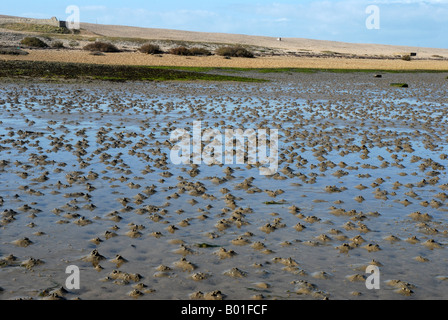


MacMillan, New Yorkĭexter AR (1988) Advances in characterization of soil structure. Soil Sci Soc Am Proc 34:561–564īrady NC (1984) The nature and properties of soils. Travaux des chercheurs de la station de Lamto no 7īlake GR, Gilman RD (1970) Thixotropic changes with aging of synthetic soil aggregates. Soil Sci Soc Am Proc 35:283–286īarois I (1987) Interactions entre les Vers de terre tropicaux géophages et la microflore pour l'exploitation de la matière organique du sol. Agron J 64:177–179Īspiras RB, Allen ON, Chesters G, Harris RF (1971) Chemical and physical stability of microbially stabilized aggregates. The drying-rewetting cycle removed most of the differences between the worm casts and the artificial casts, and also removed any effects of ageing.Īrya LM, Blake GR (1979) Stabilization of newly formed soil aggregates. When the casts were subjected to a drying and rewetting cycle before analysis, they became much more stable than the casts that were analyzed wet. The fungus did not develop on Dutch soil casts until after 42 days, and the development of a higher stability with age was also less marked than in the Australian soil. With both types of casts, hexanol inhibited fungal growth on the surface of the casts, reducing the stabilizing effect of ageing. This gave a higher stability to the casts compared to artificial casts of the same age without fungal growth. Fungi developed on the surface of 6-day-old worm casts made of Australian soil. There are strong indications that this was mainly due to changes on the surface of the casts. During ageing, both types of casts became more stable. For both soils the fresh worm casts had higher dispersible clay than the artificial casts. Two soils were used, the topsoil of a recently reclaimed polder soil in the Netherlands and the topsoil from a South Australian duplex soil. Clay dispersion was determined, as a measure of the lack of stability of the casts. The casts were subjected to ageing, drying-rewetting, and sterilization by hexanol vapour. Fresh casts were collected from the earthworm species Aporrectodea caliginosa, and artificial casts were also made.


 0 kommentar(er)
0 kommentar(er)
